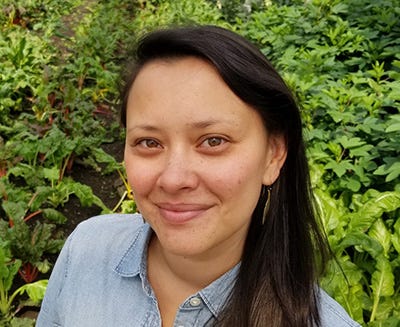Alaska pollock fishery celebrates 15th anniversary of Marine Stewardship Council certification
Sourcing seafood sustainably is more important than ever as climate change continues to affect our oceans, including shifts in temperature and changes in ocean currents.

The U.S. wild Alaska pollock fishery is among the most well-managed in the world, achieving top marks for sustainability since 2005 from the Marine Stewardship Council (MSC), a global nonprofit dedicated to safeguarding the wild seafood we enjoy today for future generations.
Wild Alaska pollock is certified sustainable according to the MSC sustainable fishing standard, the global gold standard for sustainable seafood. To achieve this certification, fisheries must have effective monitoring and management in place to reduce their impacts on the environment and only catch fish from healthy populations. To earn and maintain MSC certification, the fisheries are regularly assessed by third-party, independent auditors against the MSC standard.
These standards include scientifically set catch limits and minimization of impact on other species and the marine environment. The Alaska pollock fishery’s sustainability scores are among the highest of any MSC certified fishery in the program. The Alaska pollock fishery proves it is possible to balance economic and environmental priorities to safeguard our oceans and seafood supplies.
When third party assessments are completed, auditors are considering three main factors: fishing must occur at a level to preserve a healthy, productive fish population indefinitely; fishing activity must be managed carefully so that other species and habitats within the ecosystem remain healthy; and the fishery must comply with relevant laws and be able to adapt to changing environmental circumstances.
One of the most revolutionary changes to the sustainability of the U.S. Alaska pollock fishery was the introduction of a catch-share system in 1999, which divides up the fishery’s allowed annual catch between individuals, immediately removing competition between boats.
Whereas boats had previously raced against one another, or fished in challenging conditions to catch fish before the annual limit was reached, they can now focus on catching their individual limit when conditions are good. The catch-share system not only prompted a steadier pace of fishing across the season, it also allowed pollock processors to work more consistently and to better adapt to changes in consumer demand.
Alaska pollock is a versatile white fish sold at high volume to foodservice operators and food manufacturers, mostly for popular breaded fish items. It is also used as a stealth ingredient in ‘imitation crab’ for sushi, and can be found in fish oil supplements due to its high Omega-3 content. Choosing Alaska pollock products with the MSC blue fish label means supporting family-run operations and choosing seafood that’s good for you and good for the ocean. To learn more, visit www.msc.org.
Jackie Marks is a senior public relations manager at the Marine Stewardship Council where she works to drive greater trade and consumer awareness for the MSC blue fish label and how MSC is working to ensure sustainable seafood is around for generations to come. A passionate sustainability communications professional, Jackie previously worked with the World Cocoa Foundation, SeaWeb, Oceana, and the Association of Zoos and Aquariums.
About the Author
You May Also Like





